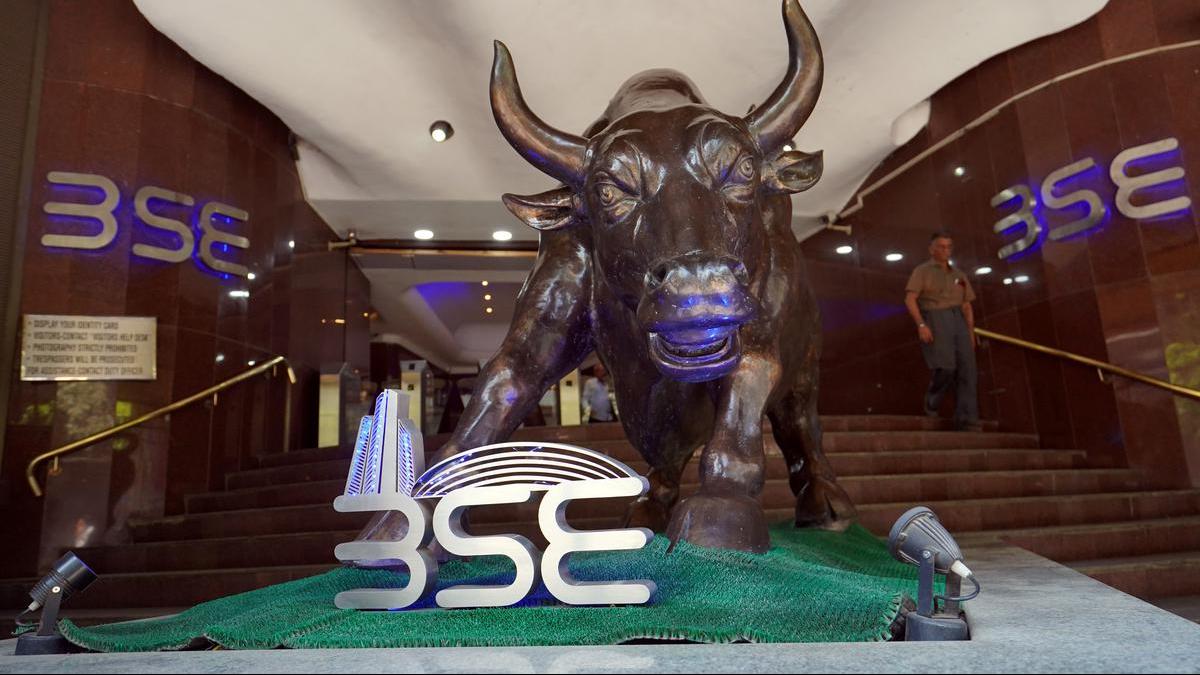The BSE benchmark touched its all-time high on May 27 at 76,009.68. | Photo source: Reuters
Benchmark equity indices Sensex and Nifty fell nearly 1% on June 29, falling for the fourth consecutive day on profit-taking by cautious investors ahead of the Lok Sabha poll results.
The 30-share BSE Sensex fell 667.55 points or 0.89% to end at 74,502.90. The stock fell below the 75,000 level, reaching an intraday low of 74,454.55, down 715.9 points, or 0.95%. The BSE benchmark touched its all-time high on May 27 at 76,009.68.
The NSE Nifty index fell 183.45 points or 0.80% to 22,704.70. The 50-stock barometer hit its all-time high of 23,110.80 on May 27. From the Sensex pack, the biggest laggards were Tech Mahindra, ICICI Bank, Bajaj Finserv, HDFC Bank, UltraTech Cement, Axis Bank, Reliance Industries and Infosys. Power Grid, Sun Pharma, Nestle, ITC and Bharti Airtel recorded gains.
LIVE News on India General Election 2024: Voters Can Choose Between Those Who Built Ram Temple and Those Who Opened Fire on Ram Bhakts, Says Amit Shah
“Faint global cues prompted investors to take profits ahead of the US PCE headline data, a key indicator of inflation that is expected to rise,” said Vinod Nair, research director at Geojit Financial Services.
In Asian markets, Seoul, Tokyo and Hong Kong were lower, while Shanghai ended higher. European markets recorded declines. US stock markets ended on a mixed note on May 28.
The last phase of polls is scheduled for June 1. The results of the ongoing general election will be announced on June 4. Global benchmark Brent crude prices rose 0.88% to $84.94 a barrel. “Foreign institutional investors (FIIs) bought shares worth ₹ 65.57 crore on Tuesday,” stock exchange data showed.
After swinging between gains and losses during the day on May 28, the BSE benchmark finally ended 220.05 points or 0.29% lower at 75,170.45. The NSE Nifty index fell 44.30 points or 0.19% to settle at 22,888.15.
Expressing appreciation for the Modi government’s economic management, S&P Global Ratings after a 14-year break upgraded India’s sovereign rating outlook to positive from stable amid robust growth, better quality of public spending over the past five years and the expectation of broad continuation of reforms and fiscal policy. However, S&P maintained India’s rating at the lowest investment grade of “BBB-“.








